Outside the classroom
Learning in history should not only take place in the classroom. Making use of the built and landscape environment can be an integral part of learning and progression in history, whether through a visit to a historic site, surveying of the landscape to find historical clues, or forming a human timeline across the school field.
-
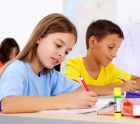
Curriculum planning: How to write a new scheme of work for history
ArticleClick to view -

Churches as a local historical source
ArticleClick to view -
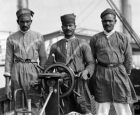
Teaching diversity through drama
ArticleClick to view -

The world on the wall: exploring diversity on Hadrian's Wall
ArticleClick to view -

Urban spaces near you
ArticleClick to view -

Case Study: Creative chronological thinking
ArticleClick to view -
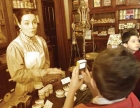
Geosong: a transition project
ArticleClick to view -

Creating the 'creative history' website
ArticleClick to view -
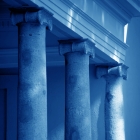
Using museums, libraries and art galleries
ArticleClick to view -
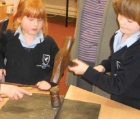
Museums: Entries to Learning
ArticleClick to view -

Co-ordinators' concerns: Visits and Ofsted
ArticleClick to view -

Making use of outstanding resources in museums
ArticleClick to view -
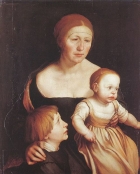
A View from the Classroom: Writing History
ArticleClick to view -

The History around us: Local history
ArticleClick to view -

Doing history with objects - A museum's role
ArticleClick to view -

Artefacts handling at Brunel's SS Great Britain
ArticleClick to view -
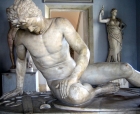
A history of the world - 100 objects that tell a story
ArticleClick to view -

Hearts, Hamsters and Historic Education
ArticleClick to view -
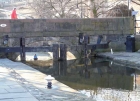
History in the Urban Environment
ArticleClick to view -

Building learning places
ArticleClick to view

